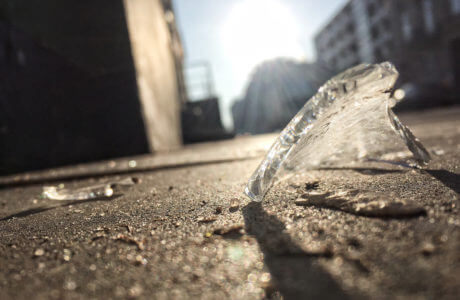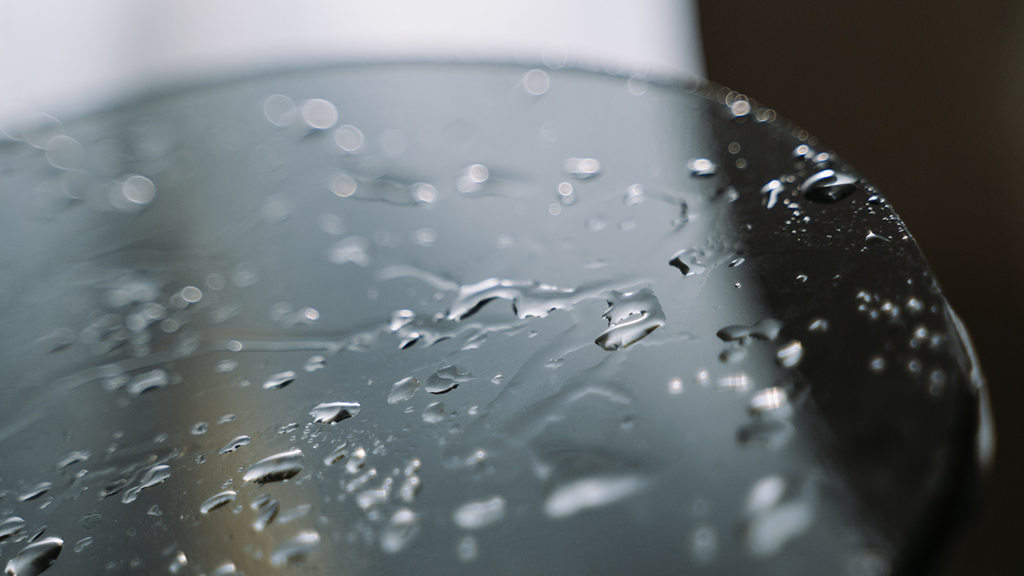
It is natural for people to lose interest in the things they find common and ordinary, more likely in the things they see every day—like glass. Today, glass can see almost everywhere; windows, eyeglasses, mirrors, cups, etc. It became boring that we tend to overlook the things beyond it that made it an art form by itself.
Back in the day, glass was used to symbolize power, wealth, and sophistication. Remember Cinderella? She stood out because she was the only one wearing glass slippers. But today, that is not the case.
With these five facts about glass, we will try to make you look at the glass like you’ve never seen one before. Glass embedded with human history, ever-changing its forms, composition, and style to fit with what the world needs it to be.
1. Did you know that the first manmade glass coexisted with the Pharaohs?
Important facts about glass, The first real evidence of manufactured glass was dated to 3000 BC, in Egypt. The Mesopotamian empire depended on Egypt and Syria when it comes to glass production, hence, they we consider the hubs of glassmaking in ancient times.
2. Glass can be made without the presence of humans.
Facts about glass, Glass is a product of nature. Even before the ancient inhabitants of the world knew what glass is, the earth was already making it. When lightning strikes sand, the heat produced by the electricity fuses with the sand and long, slender glass tubes produce. These byproducts call ‘fulgurites’.
Also, glass can make without the efforts of us humans when the intense heat of a volcanic eruption combines with rocks and sand. It produces another kind of glass called ‘obsidian’. In earlier time periods, people learned to form obsidians into different shapes, making prehistoric knives, arrowheads, spearheads, jewelry, and even money.

Image from Libreshot
3. The Romans were the first to use glass for windows.
Back in 100 CE, the Romans initiated the idea of putting glass on their window openings. But it was until 1,500 years later that doing so became common and conventional in ordinary houses in England.
4. Back in the 1850s, glass bottles and flasks were for whiskey.
During the Victorian Era, glass bottles and flasks we intrinsically made as a container for whiskey. These we called ‘flint glass, which characterizes as the better form of glass because of its notable difference in terms of clarity compared to the normal type.
It calls “flint glass” because of the added ingredient: flint powder.
5. Glass doesn’t lose its quality no matter how many times you recycle it.
Glass can recycle infinitely, and unlike many other things, it doesn’t decrease its quality and every recycled glass can mistake for brand new.
In facts about glass today, glass recycling is beginning to gain popularity in Australia as a way of reducing waste production. Aside from that, glass recycling could be a big help in saving energy. The temperature needed during glass recycling is much lesser than the energy needed when producing new ones.

